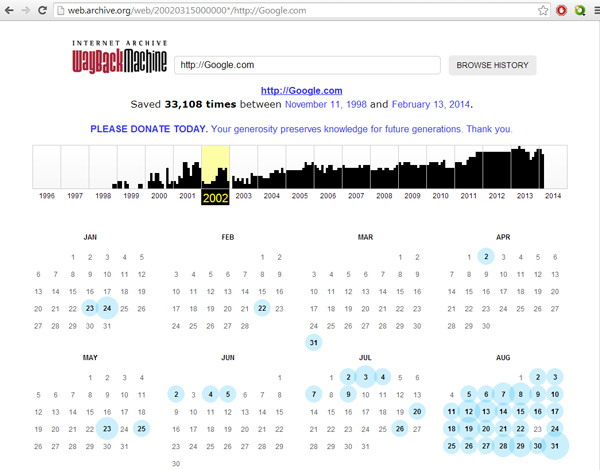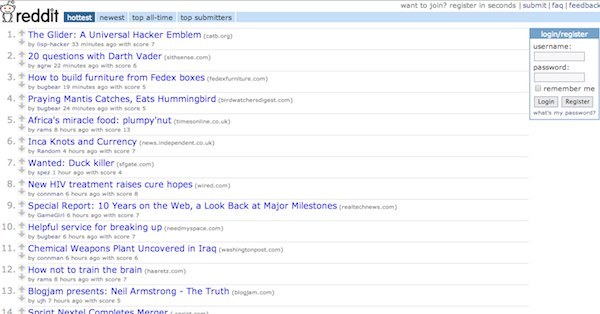

The recording of non-civic registers began in England and Wales in 1538 this is separate and distinct from the civil registration process that began in 1837. If your Internet Service Provider (ISP) or government censors parts of the web, you might be able to get past those barriers and look at archived sites. Some counties have now started transcribing the 1881 censusįreeREG houses registers of baptisms, marriages and burials of the Church of England and other organisations. FreeCEN are currently working on the 1841, 1851, 1861, 1871, and 1891 censuses. in to review and manage your activity, including things youve searched for, websites youve visited, and videos youve watched. Later census years have more information.

For the mobile app, tap the three-dotted menu button at the bottom and then choose History. The items show up on the right side of the screen sorted by date. The Ctrl+H shortcut opens your history in Edge.
FIND MY PAST WEBSITE HOW TO
Census data can provide the full name, exact age, relationship to head of household, sex, occupation, parish and county of birth, medical disabilities and employment status of an individual. How to View, Search and Delete History in Microsoft Edge. The transcribing of records is carried out by teams of dedicated volunteers and the database contains index information for the period 1837-1992.įreeCEN offers a free, online database of the 19th century UK census returns.

The central recording of births, marriages and deaths was started in 1837 and is one of the most significant resources for genealogical research. This resource is ideal for those beginning research into their ancestry. Our records are currently divided into three separate projects:įreeBMD provides free access to birth, marriage and death records.


 0 kommentar(er)
0 kommentar(er)
